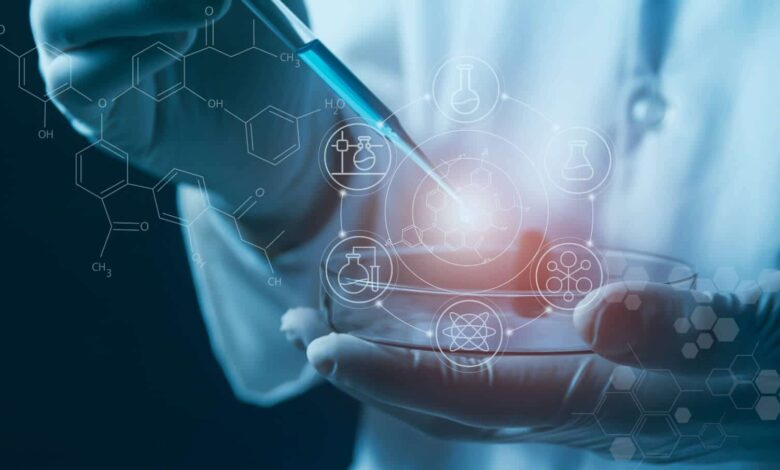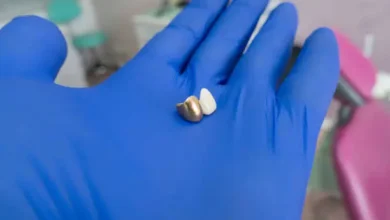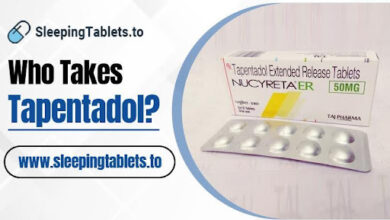The Life-Saving Impact of Pharmaceutical Testing in Drug Development

Have you ever considered what it takes for a new medication to go from an initial concept to a life-saving treatment on pharmacy shelves? The journey is complex, demanding rigorous scrutiny at every step. Central to this process is pharmaceutical testing, which plays an indispensable role in ensuring that new drugs are both safe and effective. Understanding this critical phase in drug development can shed light on how our health and safety are prioritized.
The Drug Development Process: An Overview
The development of a new drug is a multifaceted journey that typically spans several stages, including:
- Discovery and Preclinical Research: In this phase, scientists identify potential drug candidates through laboratory research and animal testing. The goal is to establish initial safety and efficacy.
- Clinical Trials: Once a drug passes preclinical testing, it moves into human trials, which are conducted in three phases to evaluate safety, dosage, efficacy, and side effects.
- Regulatory Review: After successful trials, pharmaceutical companies submit their findings to regulatory bodies like the FDA for approval.
- Post-Market Surveillance: Even after a drug is on the market, ongoing monitoring is essential to catch any long-term effects or adverse reactions.
Pharmaceutical testing is crucial at each of these stages, but its most profound impact is seen during clinical trials.
The Crucial Role of Pharmaceutical Testing
Ensuring Safety
The primary aim of pharmaceutical testing is to ensure that new drugs do not pose unacceptable risks to patients. Before any medication is approved for public use, it undergoes extensive testing to identify any potential side effects or toxicities. This rigorous process protects patients and helps build public trust in the pharmaceutical industry.
For instance, during Phase I clinical trials, a new drug is administered to a small group of healthy volunteers. Researchers closely monitor the participants for adverse reactions and gather data to establish the safe dosage range. This vital phase acts as a filter to ensure only the safest candidates advance to further trials.
Assessing Efficacy
While safety is paramount, the effectiveness of a drug is equally critical. Pharmaceutical testing evaluates whether a drug delivers its intended therapeutic effects. In Phase II trials, the drug is given to a larger group of patients who have the condition the drug aims to treat. This stage allows researchers to assess not only efficacy but also optimal dosing strategies.
Without thorough testing, a drug could be approved despite being ineffective or only marginally beneficial, which could lead to wasted resources and potential harm to patients who might have relied on it.
Compliance with Regulatory Standards
Pharmaceutical companies are subject to stringent regulations set forth by government agencies. These regulations require detailed documentation of all testing results, including methodologies, participant demographics, and outcomes. Compliance ensures that all drugs meet established safety and efficacy standards before reaching consumers.
Testing helps pharmaceutical companies gather the data needed for regulatory submissions, making it easier for agencies like the FDA to evaluate whether a drug should be approved. This transparency is essential for maintaining public confidence in the medications they use.
Enhancing Product Quality
Pharmaceutical testing doesn’t just focus on the safety and efficacy of the drug itself; it also ensures the quality of the manufacturing process. Good Manufacturing Practices (GMP) dictate that pharmaceutical companies maintain high-quality standards throughout production.
Quality control measures are implemented during testing to assess the consistency and reliability of a drug’s formulation. This ensures that every batch produced is of the same high standard, minimizing the risk of product recalls due to defects or variations.
Real-World Impacts of Pharmaceutical Testing
The implications of effective pharmaceutical testing extend far beyond the laboratory. Here are a few notable examples of how rigorous testing has led to breakthroughs in medical treatments:
The Development of Antiretroviral Therapy for HIV
In the 1990s, the introduction of antiretroviral therapy (ART) revolutionized the treatment of HIV. Before these drugs could be approved, extensive pharmaceutical testing was conducted to ensure their safety and efficacy. The result? A dramatic increase in the life expectancy and quality of life for millions of individuals living with HIV.
COVID-19 Vaccines
The rapid development and approval of COVID-19 vaccines showcased the importance of pharmaceutical testing. Vaccines went through rigorous clinical trials to ensure their safety and efficacy against the virus. The results not only helped curb the pandemic but also highlighted the power of scientific collaboration and regulatory oversight in public health emergencies.
Breakthroughs in Cancer Treatment
Pharmaceutical testing has also led to significant advancements in cancer therapies. Drugs like immunotherapy, which harness the body’s immune system to fight cancer, underwent extensive testing to determine their safety and effectiveness. The successful implementation of these treatments has changed the prognosis for many cancer patients, providing hope where there once was little.
The Future of Pharmaceutical Testing
As science and technology evolve, so too will the methods used in pharmaceutical testing. Innovations such as artificial intelligence and machine learning are poised to streamline the testing process, making it faster and more efficient. These technologies could enhance data analysis, improve trial designs, and ultimately bring new drugs to market more swiftly without compromising safety.
Moreover, personalized medicine is gaining traction, which emphasizes tailored treatment based on individual patient profiles. This approach will require a shift in testing methods to evaluate drug effectiveness based on genetic and biological differences among patients.
The life-saving impact of pharmaceutical testing in drug development cannot be overstated. From ensuring safety and efficacy to maintaining quality and compliance, the testing process serves as the backbone of the pharmaceutical industry. It protects patients and instills public trust, which is essential for the ongoing success of healthcare advancements.
As we continue to face new health challenges, understanding and supporting the rigorous testing process will be vital for fostering innovation and delivering safe, effective treatments to those who need them most. By valuing the role of pharmaceutical testing, we can appreciate the extensive efforts behind every medication that improves our lives.



